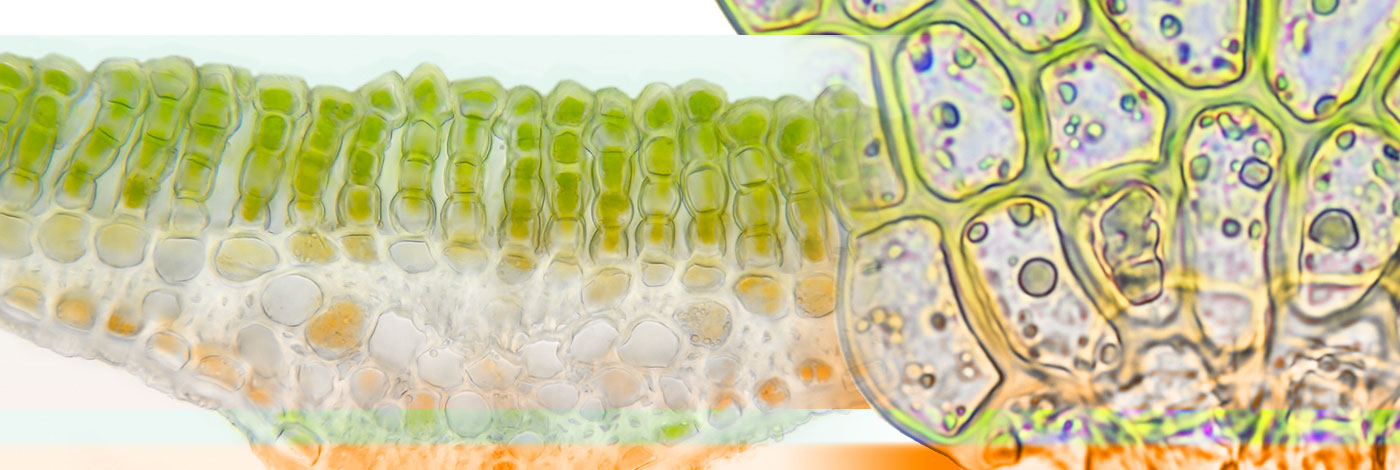
 Cryptogamie, Bryologie
39 (1) - Pages 93-108
Cryptogamie, Bryologie
39 (1) - Pages 93-108There exists an increasing pressure on peatland ecosystems in southern South America due to extensive exploitation of Sphagnum and peat. A way to avoid the loss of bryophyte diversity is the establishment of micropropagation protocols. In South America only few studies have assessed the tissue culture of native bryophytes under axenic conditions. The main objective of our work was to assess different conditions to propagate bryophytes, focusing on species from fuegian peatland ecosystems. Four fertile species of mosses (Sphagnum fimbriatum, Conostomum pentastichum, Warnstorfia fluitans, Polytrichastrum longisetum) and one liverwort (Blepharidophyllum densifolium) in vegetative state were collected in bogs of Cape Horn Biosphere Reserve. Cultures were initiated from protonemata obtained after spore germination and from gametophyte fragments. Explants were exposed to four different culture media. Coverage area of the in vitro explants and the number of regenerated shoots were quantitative variables measured after 12 weeks of culture. Overall, small pieces of protonemata (ca 1 mm²) were a suitable explant for the micropropagation of mosses, whereas liverwort regeneration was successfully achieved from apical portions of stems. Media with low mineral concentration or supplemented with a mixture of IBA/BA produced statistically similar effects on the coverage area of mosses. Low mineral medium systematically induced the regeneration of elongated shoots in mosses and liverworts, and the combination of sucrose and IBA/BA systematically induced the production of calli in mosses and liverwort species. This study provides new insights into the propagation of species from poorly known peatland ecosystems of southern South America.